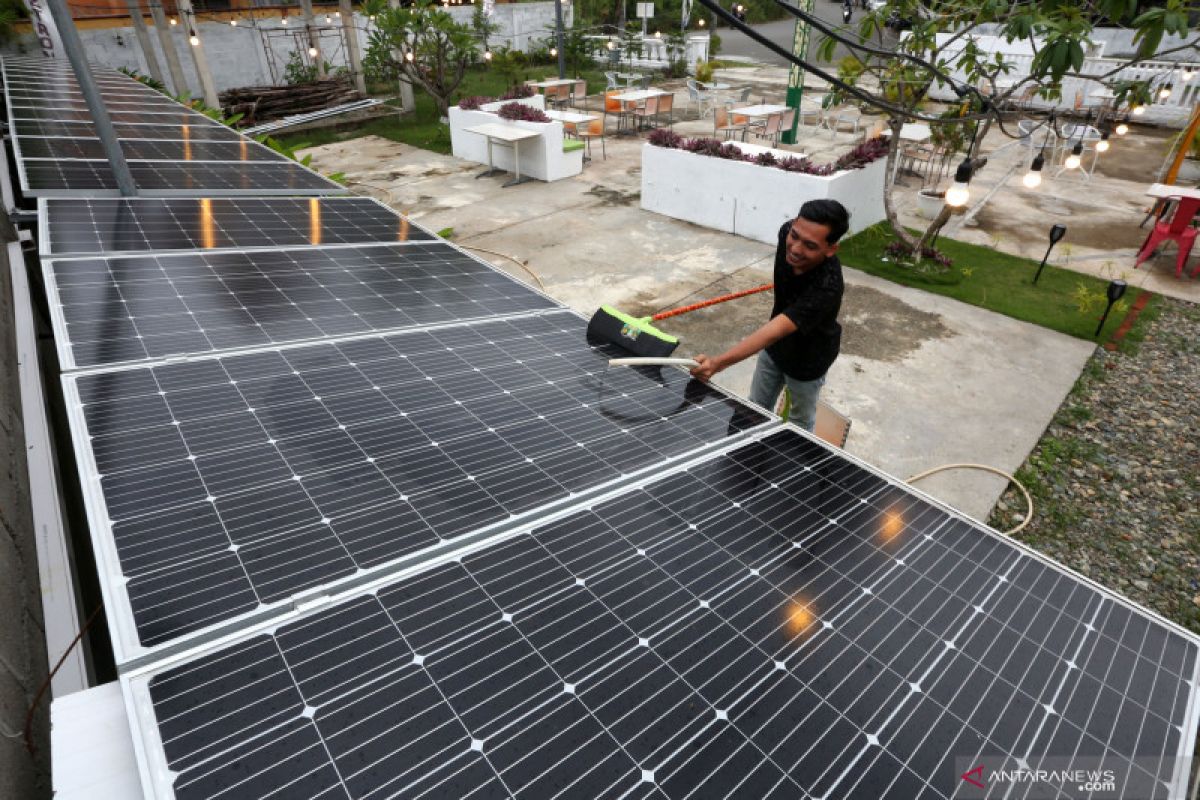The Ministry of Energy and Mineral Resources (ESDM) said it has drawn up a roadmap for the energy transition to help Indonesia achieve its carbon-neutral target by 2060.
The government has prepared four strategies to reduce carbon emissions: the application of Carbon Capture, Usage, and Storage (CCUS) technology, routine flare restrictions, optimization of natural gas utilization for households and transportation, and reduction of methane emissions, it said.
"The government plans to implement CCUS (Carbon Capture, Utilization, and Storage) for increasing oil and gas production and store potential emissions of about 48 million carbon dioxide (equivalent)," ESDM ministry's director of oil and gas program development, Dwi Anggoro Ismukurnianto, informed in a statement released here on Friday.
There are three fields that have conducted trials on the implementation of CCUS: Gundih, Sukowati, and Tangguh, he said.
The government is targeting to start CCUS at Gundih in 2024 or 2025 to prevent the release of an estimated three million tons of stored carbon in 10 years, he said.
Meanwhile, Sukowati, as the prototype, will be started next year and completed in 2025, he said. It is targeted to reach its full scale in 2030, with the aim of preventing the release of an estimated 15 million tons of carbon dioxide in 25 years, he added.
"Tangguh field will apply CCUS in 2026, with an estimated 30 million tons of carbon dioxide in 10 years," he explained.
The second strategy is restricting the use of flares, as stipulated in the ESDM Ministerial Regulation No.17 of 2021 concerning the management of flare gas in the oil and gas industry, Ismukurnianto informed.
In the regulation, it is stated that the daily limit of flare used for oil fields for six months is a maximum of two MMSCFD, he said.
Related news: Government should design framework for biofuel to lower emissions: NGO
For gas fields, the daily cap on flare used for a six-month period is 2 percent of gas feeds, he noted. Meanwhile, oil and gas processing activities are not allowed to utilize flares, he said.
As per the rule, there is an obligation to make a plan for the utilization of flare gas in new refineries, cooperation in flare gas management, comprehensive reporting concepts, and the implementation of sanctions and awards, he said.
The third strategy is to optimize the utilization of natural gas for households and transportation, he said.
"Since 2009, the government has been building a natural gas network for households. The goal is to reduce 654 thousand tons of carbon dioxide by 2024," he said.
The conversion of kerosene to LPG is estimated to reduce 15.39 million tons of carbon dioxide by 2024, he said.
The use of natural gas as a public transport fuel is estimated to have prevented the release of 178 thousand tons of carbon dioxide in 2019, he said.
The fourth strategy is reducing methane emissions, he said. "Currently, Indonesia has priority to build a database of greenhouse gases, including reliable methane. It is important for the government to make valid identification in methane mitigation," he explained.
The government is also open to opportunities for collaboration for reducing methane emissions globally, he added.
Related news: Energy Ministry, IRENA to cooperate on reducing emissions
Editor : Mahdani
COPYRIGHT © ANTARA News Kalimantan Selatan 2021

